Ceiling insulation plays a crucial role in maintaining a comfortable indoor environment while reducing energy consumption. Whether you're looking to improve thermal efficiency, soundproof your space, or enhance fire resistance, understanding the ins and outs of ceiling insulation is essential. In this comprehensive guide, we will explore various techniques, materials, and considerations for insulating a ceiling effectively.
- Assessing the Ceiling Structure:
Before diving into the insulation process, it's important to assess the ceiling structure. Factors such as the type of ceiling (suspended, cathedral, or flat), access points, and existing insulation need to be considered. By thoroughly evaluating the ceiling, you can determine the most suitable insulation method. - Choosing the Right Insulation Material:
There are several insulation materials available, each with its own unique properties and benefits. This section will delve into popular options such as fiberglass, cellulose, spray foam, and mineral wool. We will discuss their thermal conductivity, R-value, installation techniques, and environmental impact, helping you make an informed decision. - Understanding R-Value and Thermal Performance:
R-value is a critical factor in determining insulation effectiveness. We will explain the concept of R-value and its significance in achieving optimal thermal performance. Additionally, we will explore strategies to calculate the required R-value based on regional climate conditions, building codes, and energy efficiency goals. - Installation Techniques:
Proper installation is key to maximizing the benefits of ceiling insulation. This section will provide step-by-step instructions for different installation techniques, including batt insulation, blown-in insulation, and rigid foam board insulation. We will highlight best practices, safety precautions, and potential challenges to ensure a successful installation process. - Soundproofing Solutions:
Ceiling insulation can significantly reduce noise transmission between floors or rooms. We will explore additional soundproofing techniques such as resilient channels, acoustic panels, and mass-loaded vinyl. By implementing these strategies alongside insulation, you can create a peaceful and quiet living or working environment. - Fire Resistance and Safety Measures:
Fire safety is a crucial consideration when insulating a ceiling. We will discuss fire-resistant insulation materials and techniques that comply with building codes and regulations. Additionally, we will address safety measures such as proper ventilation, electrical considerations, and fire-rated access points to ensure a secure and protected space.
Conclusion:
Insulating a ceiling is a multifaceted process that requires careful planning, knowledge of materials, and adherence to safety guidelines. By following the techniques and considerations outlined in this comprehensive guide, you can achieve optimal thermal efficiency, soundproofing, and fire resistance in your space. Remember, a well-insulated ceiling not only enhances comfort but also contributes to energy savings and a sustainable future.
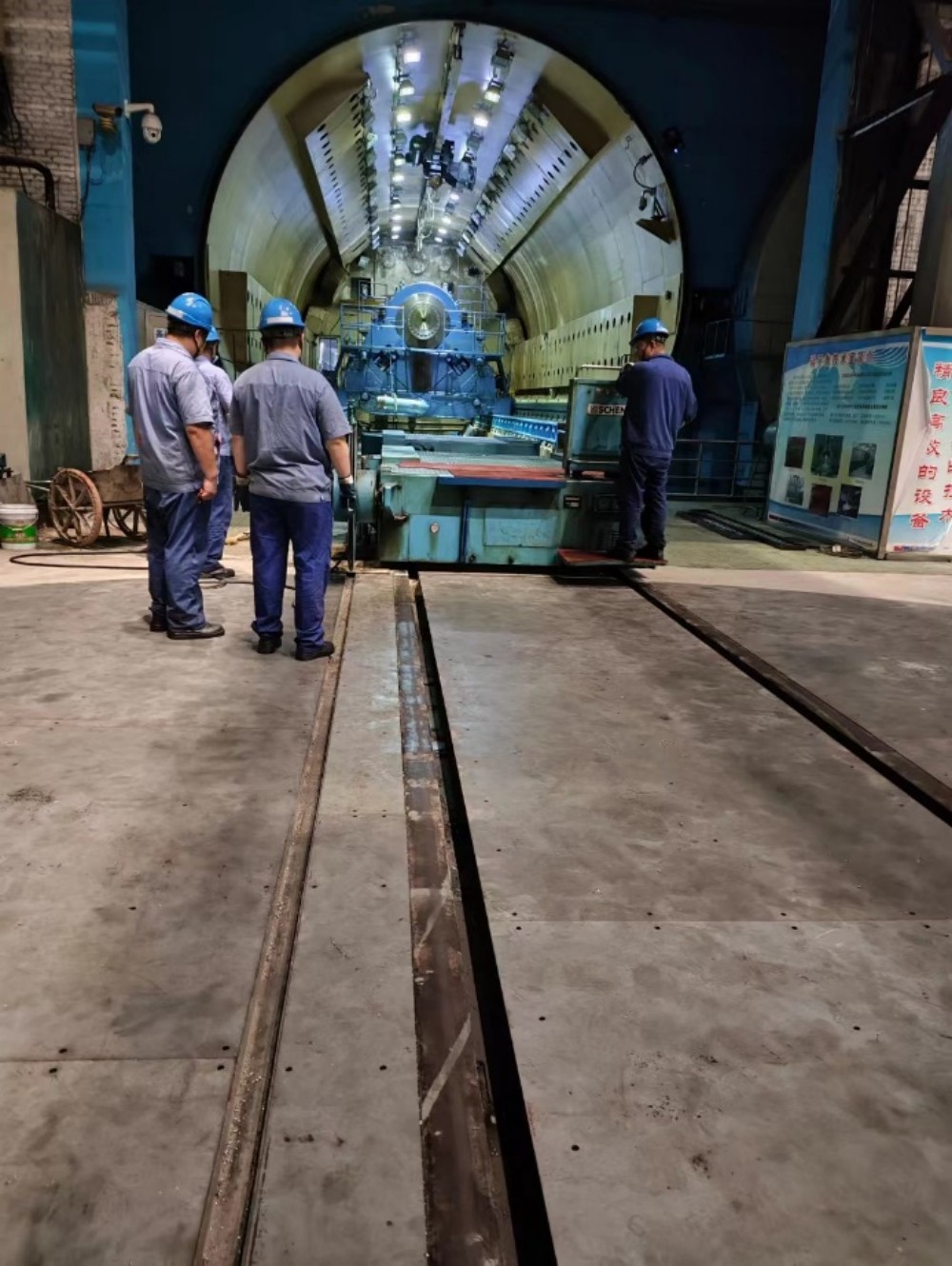

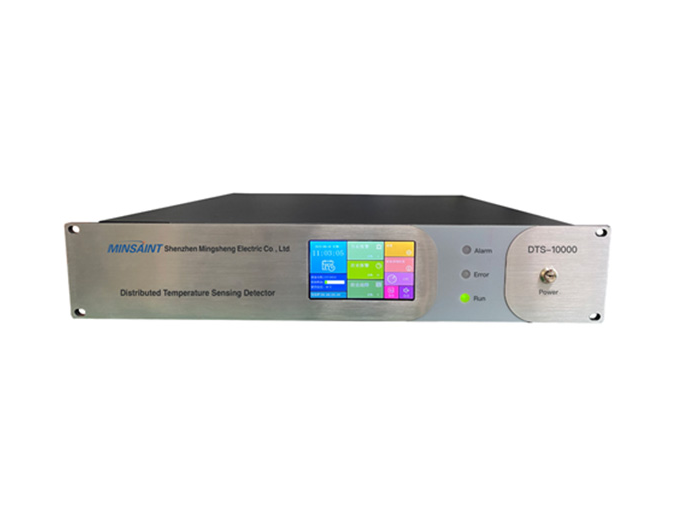
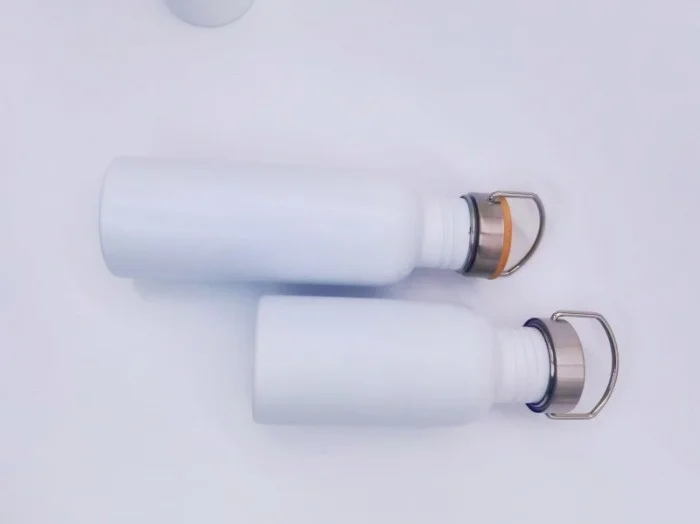
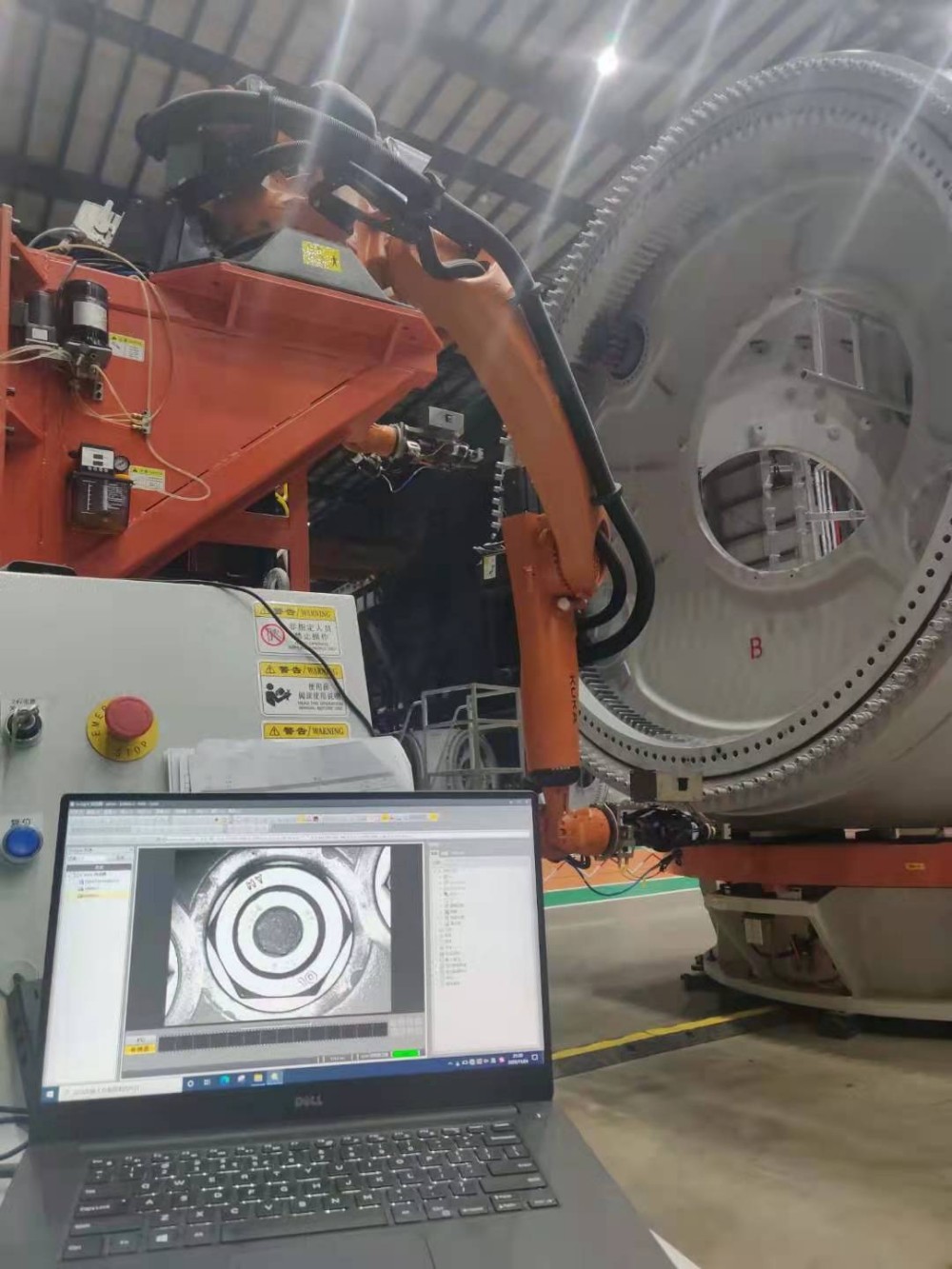
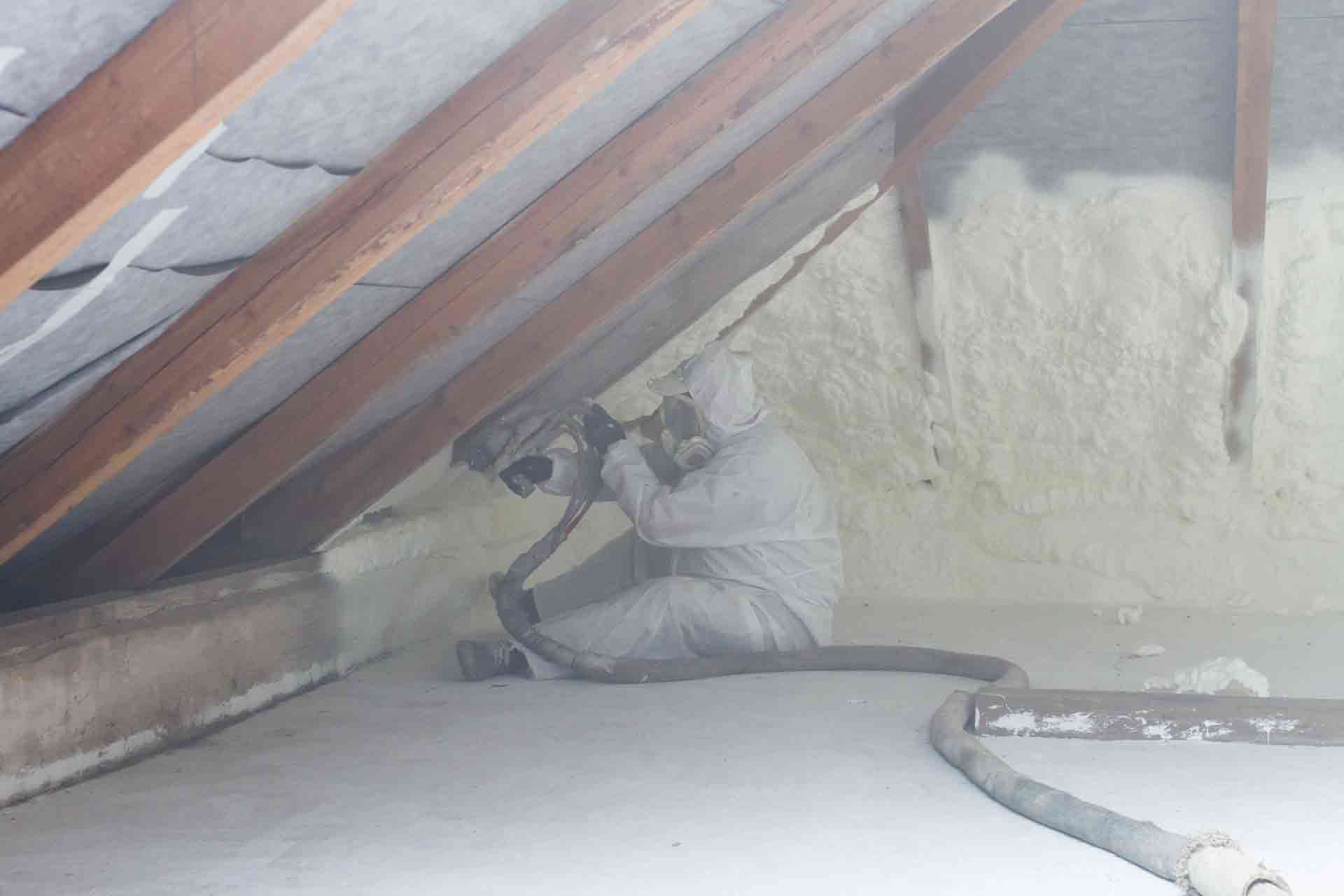

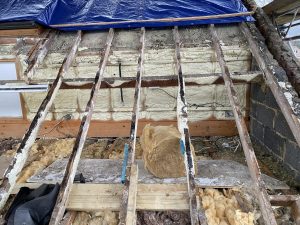
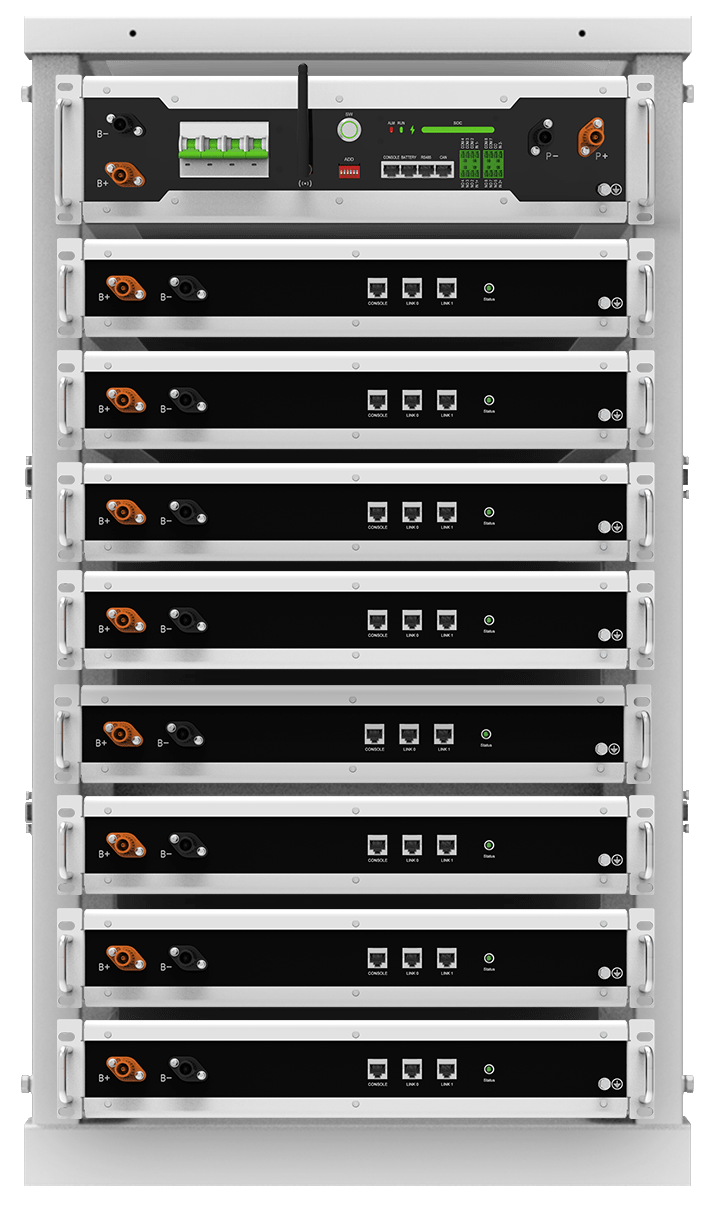

+ There are no comments
Add yours